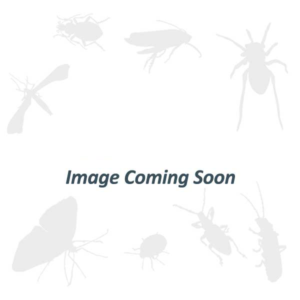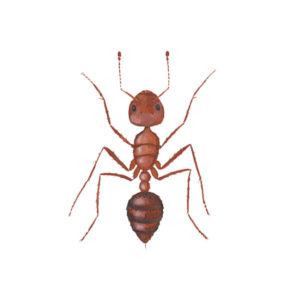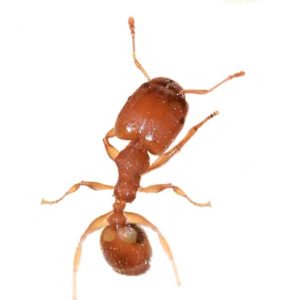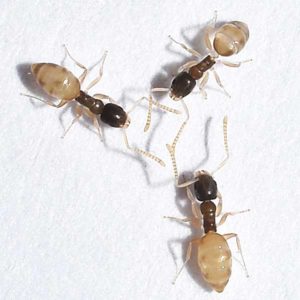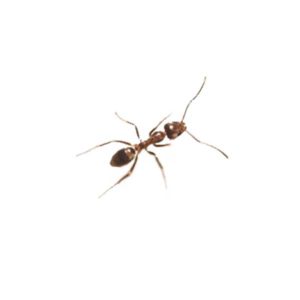Little Yellow Ants in Northern Utah
In early 2017, researchers spotted the little yellow ant in Fort Lauderdale, Texas for the first time in the continental United States. Now found throughout Northern Utah, the little yellow ant constructs supercolonies with multiple queens and has excellent foraging skills. Extremely small, little yellow ants out-compete other ant species and form large colonies. Little yellow ants can invade homes and backyards, and have been shown to be extremely successful in displacing other ant species from properties.
Little Yellow Ant Habitat
Nests of little yellow ants have been detected in dead branches of vegetation, both on living trees and on twigs resting on the soil surface. Workers and queens forage on the nectar of flowers and have also been observed tending aphids and feeding on dead insects. Indoors, foraging ants were eventually found infesting a home. The household invasion originated from the garden as ants entered the structure foraging for food. Workers and queens were observed on kitchen countertops feeding on pet food.
Little Yellow Ant Behaviors, Threats or Dangers
The little yellow ant does not bite or sting, however, this tiny ant has the ability to displace larger native ant species. In a Fort Lauderdale neighborhood, researchers observed that in just six months, the little yellow ant displaced a big headed ant colony that was dominant in the area. Large colonies were detected in neighborhoods covering several city blocks. At less than 2 mm in length, little yellow ants can be hard to detect. Over time, colonies spread out and grow to extremely large numbers, making them very difficult to control. If you suspect a little yellow ant infestation, it is recommended to contact a professional ant exterminator.

